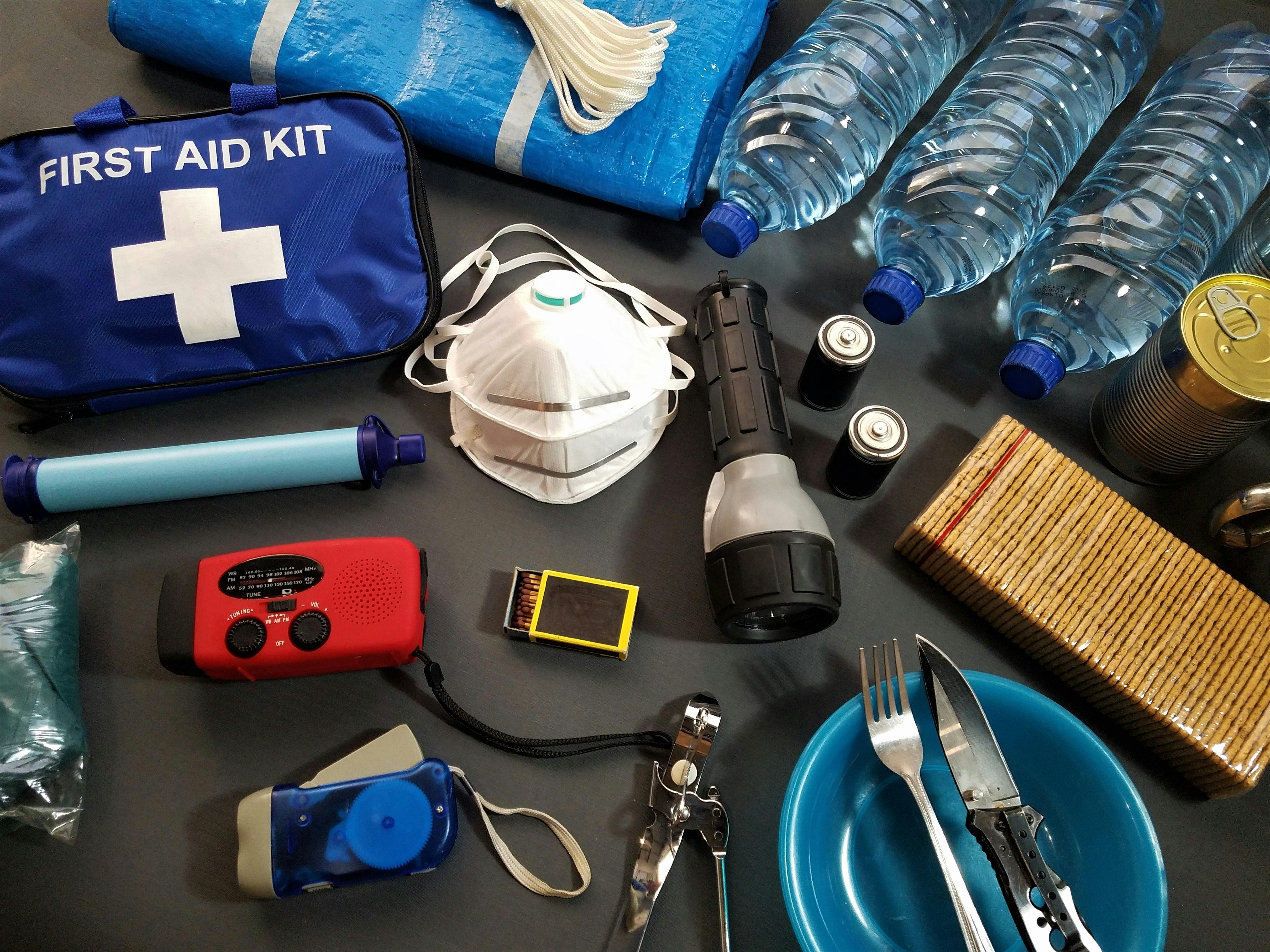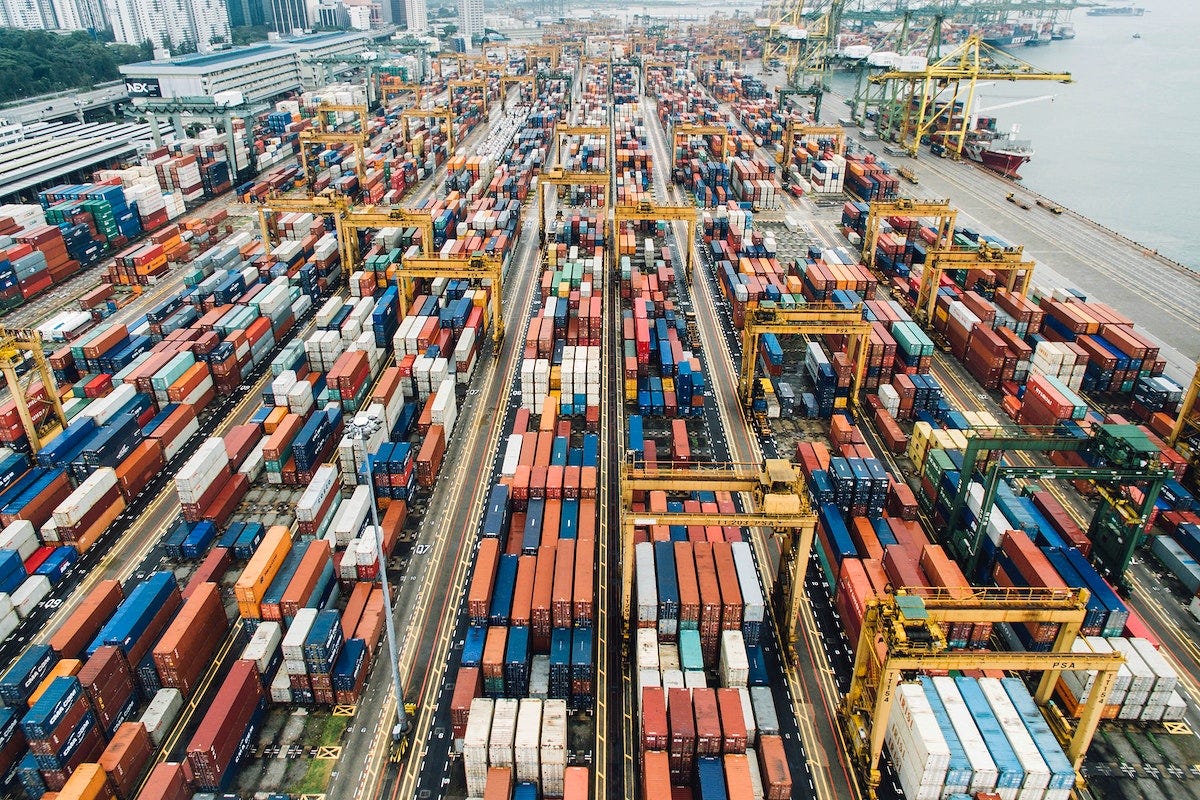
Americans Turn to Preparedness Amid Rising Global and Economic Uncertainty. As danger mounts from natural disasters and extreme weather to inflation and global unrest Americans increasingly are embracing a culture of preparedness. No longer the province of survivalists or rural homesteaders, the trend is now moving into urbanites and suburban families. Both are rethinking how they prepare for unexpected disruptions, big and small. Whether it’s stockpiling emergency kits, securing alternative food supplies, or weathering economic downturns, more Americans are choosing to prepare for whatever comes next. The thinking is shifting from “this probably won’t happen” to “we can’t afford not to prepare.”

1. The Preparedness Movement Is On the Rise
Across America, a cultural shift is taking place. Preparedness is moving beyond the realm of radical survivalism and into mainstream society. Instead of declaiming preparedness as irrelevant or marginal, people are starting to see it as a style of practical autonomy. Houses are getting equipped with home water storage, backup power systems, first aid kits, and survival gear. Stores have experienced increased orders for pre-packaged emergency kits, long-term food packages, solar-powered lights, and even minimal off-grid electricity solutions.
Current events from devastating hurricanes and raging wildfires to insidious inflation and ongoing geopolitical instability have reminded Americans how fragile modern systems are. Concurrently, social acceptance of preparedness through social media, podcasts, and YouTube instruction has rendered it easier to take that first step. Instead of out of fear, people now view preparedness as a vehicle for empowerment and self-mastery in a time of uncertainty.

2. FEMA Guidance and Why Americans Still Fall Short
In support of national resilience, FEMA offers 12 essential steps ahead of time. These include a family communication plan, identifying meeting points in an emergency, safekeeping important documents, and preparing kits of food, water, and emergency medical supplies. Arguably most emphasized among recommendations is at least 72 hours’ worth of essentials per person in a household. This is considered the bare minimum required to survive during a natural disaster, loss of electricity, or infrastructural failure.
But even though access to this information is common, CDC and FEMA surveys indicate that nearly half of American adults still lack an emergency plan or sufficient supplies. The reasons are many. Some individuals are intimidated by the prospect of preparing for an emergency, while others believe help will be on hand. There is also the perception that the government will respond in a timely manner, which authorities say may not be so in large-scale emergencies.
Affordability is also an issue. Families with low incomes cannot usually afford to pay additional money for emergency supplies. For that reason, millions are put at risk in the process of events requiring self-sufficiency, though just for a little while. Raising consciousness and promoting inexpensive measures could fill the gap.

3. What Survival Experts Recommend
Survivalists agree being prepared is key, and you don’t need to be a survivalist to start. It’s a good idea to stock up on food and water not only in your house but in your vehicle and at the office, says Mykel Hawke, who retired from the U.S. Army Special Forces. His tip is simple: don’t depend on someone else for essentials.
Laura Zerra, a well-known survivalist teacher, separates her plan of preparation into three sections wilderness survival, car breakdowns, and medical conditions. Her kits never lack the basics like bandages, antiseptic, multitool, and water purification tablets. Mental preparation is also stressed remaining calm and how to improvise on time.
Matt Tate, who founded American Survival Co., focuses on hands-on training. In addition to designing the build kits, he encourages people to take classes on fire-starting, navigation, and first-aid. In his opinion, having the right attitude and key skills is as valuable as having the right gear.
The point here from these experts is this: preparation is not necessarily complex, but it has to be intentional.

4. What to Pack in a 72-Hour Emergency Kit
The 72-hour kit remains the widely recommended minimum standard for personal readiness. The Red Cross and FEMA both encourage people to assemble a kit with the most important survival items for three days. The goal is to be able to last until help from trained professionals comes, or regular services resume. An adequately stocked kit will contain:
- One gallon of water per day per person
- Non-perishable, easy-to-eat foods like canned goods, protein bars, or MREs
- Flashlights and extra batteries
- First aid kits, bandages, gauze, antiseptics, and prescription medication
- A battery-powered or hand-crank emergency radio
- Multipurpose tools, a whistle, and copies of important documents
- Phone chargers and extra power banks
Pre-assembled emergency kits are available at big-box stores and prep companies. Prices vary from $60 to $300, depending on the size, how long they last, and what contents they contain. Others make their own in small batches and customize them to family needs with pet supplies, baby essentials, or comfort items like books or a deck of cards.
Maintaining the kit assembled is as important as assembling it. Rotate food supplies yearly, check batteries every few months, and verify contents to confirm everything is there.

5. Where and How to Store Your Supplies
Storage properly can be a matter of difference between whether your emergency supplies work when you most need them. Experts suggest storing kits where they are accessible but not easily within reach. The best locations are entryway closets, the basement shelving unit, or under-bed storage. Supplies must be neatly organized and labeled, especially for large families.
It’s also a good idea to keep a small, portable version of the emergency kit in your car. This one can include water bottles, snacks, jumper cables, blankets, and a flashlight. In winter climates, additional winter equipment like gloves and hats are a good idea.
Office kits at the workplace are often overlooked but could be a lifesaver during a natural disaster or transportation halt. A first-aid kit, food bars, a flashlight, and an additional phone charger could make up an emergency office kit. Storing emergency supplies in several places ensures that you will never be caught off guard no matter where the crisis emerges.

6. How Tariffs and Inflation Are Altering the Price of Being Prepared
While consciousness is rising, so is the cost of getting ready. A new round of U.S. tariffs that took effect in April has raised prices on big-ticket items food, electronics, and apparel. The move is part of a broader effort to reduce dependence on foreign supply chains. While it will boost local manufacturing, short-term, it’s making emergency supplies out of reach.
Items impacted are:
- Shoes, particularly name-brand sneakers
- Clothing, largely imported clothing materials
- Solar panels, battery chargers, and light-emitting diodes lighting
- Bottled food imports and beverage imports like wine and coffee
- Medicine kits and first-aid units
These fees are making people sacrifice. A family might delay purchasing a solar charger or do with inferior, cheaper alternatives. Cost-conscious families might forego non-essential supplies altogether, despite the very high praise for disaster preparedness. It’s something of a worry among preparedness hawks, who claim inflation is driving inequality in access to safety.

7. Small Businesses and Preparedness Under Pressure
Not just individuals suffering from the sting of cash small businesses that produce or sell readiness gear are also feeling the squeeze. Some rely on foreign components, packaging, or parts and are now having to spend more on them due to tariffs and supply chain delays. Owners indicate increased costs for materials, shipping delays, and shrinking profit margins.
Some companies have curtailed production or delayed new product launches to maintain costs. Others are trying to move sourcing to local vendors but gradually and expensively. Some companies have been forced to cut back or shut down completely, affecting the greater number of readiness goods on offer.
This business pressure may restrict consumer choices and further boost prices at a time when more Americans are trying to stock up. Experts say small-scale suppliers won’t be able to stay in business if quality preparedness products become scarce at the worst moment.




